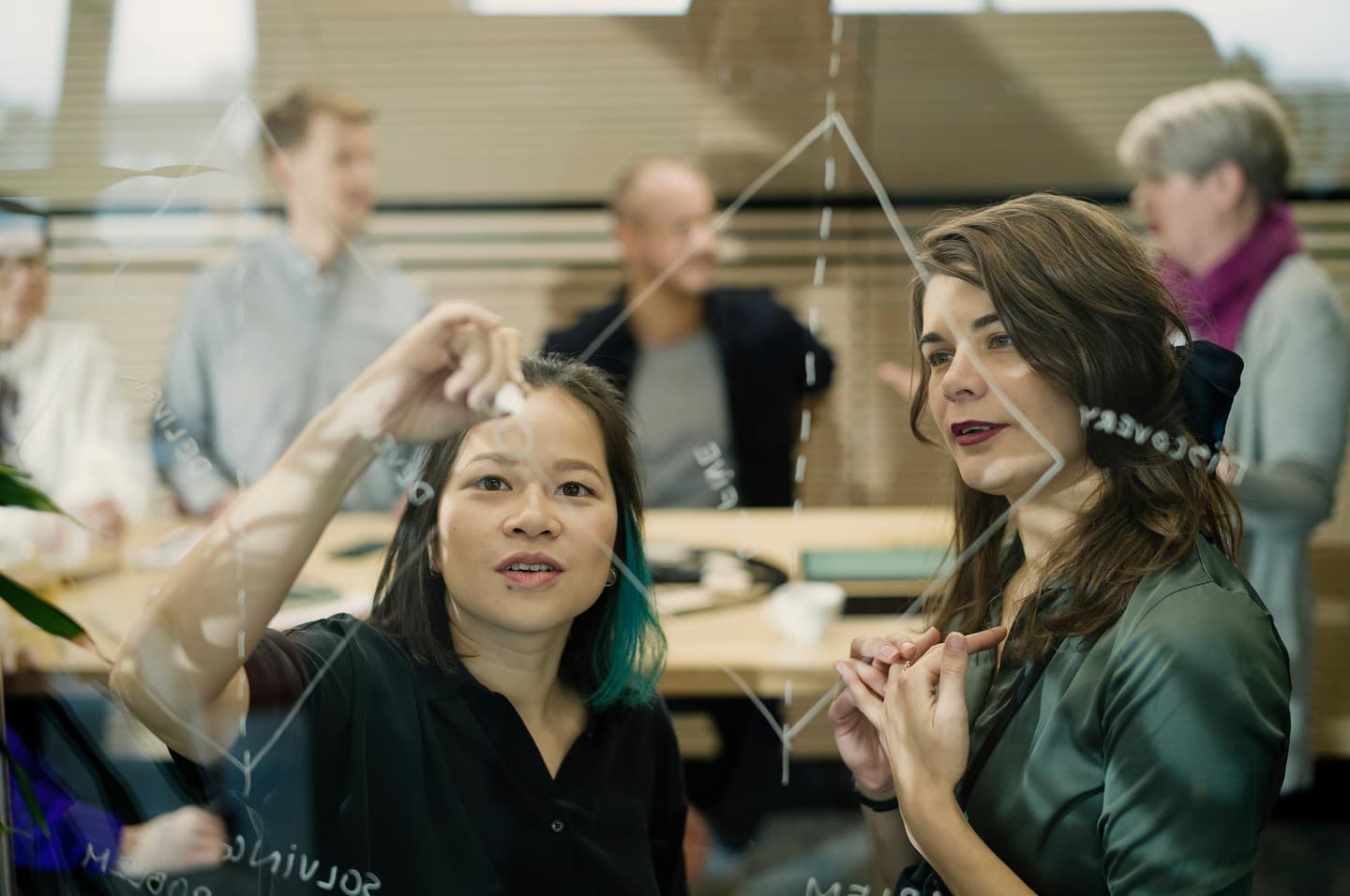When machines become colleagues
Will technology take our jobs or set us free? Explore three key ways AI is transforming the workplace today.

The changing new normal
There’s a constant worry that AI will replace humans. This concern assumes that as technology evolves, company structures, processes, and employee skills remain static. But that’s not the case.
Consider the long-term changes the COVID-19 pandemic brought to the workplace. Even though the virus is now controlled, many knowledge workers have permanently adopted a hybrid work model. Companies are still debating how to bring employees back to the office—whether to use incentives or mandates.
The shift wasn’t just about technology or the virus. It was a holistic change that’s now part of the new normal.
So, what does work look like in the age of AI and data?
Blurred boundaries: Human creativity and problem-solving are increasingly done in collaboration with AI. We’re not asking machines to think for us, but rather working alongside them, complementing each other—just like digital and manual labor coexist in many business processes. This raises new questions about copyright and creativity: Who creates? Where does thinking happen?
Crumbled silos: Organizations can no longer cling to outdated department structures. The complex problems companies face today require collaboration across teams. With data, we can build interfaces that help departments like HR and finance work together more closely. This evolution demands sensitivity and flexibility from all involved.
Accelerated pace: Real-time data enables faster decision-making and operations. Companies are no longer relying on outdated reports but responding in real-time, using data to simulate future scenarios. These shifts are already transforming how companies create value. In consulting, for example, we’re moving from hourly billing to value-based models, selling impact rather than time. AI and technology don’t reduce the need for people—they change how we deliver value.
At Futurice, we’re investing millions of euros in redesigning core business processes with our clients, using technology to drive this transformation.
We don’t have to be at the mercy of technology—we can shape it. The real question isn’t what will take our jobs but how we’ll redefine work in the future. How do we ensure that people continue to learn, grow, and contribute where value is being created?
Ultimately, value creation is about meeting human needs—security, connection, and self-expression. These needs remain constant, even as work evolves.
Generative AI has already changed how we work and solve problems, and its potential is limitless. At Futurice, we’re leading this transformation, and we’re eager to share insights from our journey. Download our Generative AI working paper for practical examples, success stories, and a roadmap for your company’s next steps.
- Dr. Eeva RaitaVP, Commercial & Consumer

